
Kod: 09016459
Relative Equilibria of the Curved N-Body Problem
Autor Florin Diacu
The guiding light of this monograph is a question easy to understand but difficult to answer: {What is the shape of the universe? In other words, how do we measure the shortest distance between two points of the physical space? Sh ... więcej
- Język:
 Angielski
Angielski - Oprawa: Miękka
- Liczba stron: 146
Wydawca: Atlantis Press (Zeger Karssen), 2014
- Więcej informacji o książce

Zobacz książki o podobnej tematyce
-

History of a Slave
122.89 zł -

Knowledge
32.43 zł -

When Bigfoot Attacks
103.55 zł
Bon podarunkowy: Radość gwarantowana
- Podaruj bon o dowolnej wartości, a my się zajmiemy resztą.
- Bon podarunkowy dotyczy całej naszej oferty.
- Możesz wydrukować elektroniczny bon z e-maila a następnie przekazać go obdarowanemu.
- Ważność bonu wynosi 12 miesięcy od daty wystawienia.
Więcej informacji o Relative Equilibria of the Curved N-Body Problem
Za ten zakup dostaniesz 385 punkty
 Opis
Opis
The guiding light of this monograph is a question easy to understand but difficult to answer: {What is the shape of the universe? In other words, how do we measure the shortest distance between two points of the physical space? Should we follow a straight line, as on a flat table, fly along a circle, as between Paris and New York, or take some other path, and if so, what would that path look like? If you accept that the model proposed here, which assumes a gravitational law extended to a universe of constant curvature, is a good approximation of the physical reality (and I will later outline a few arguments in this direction), then we can answer the above question for distances comparable to those of our solar system. More precisely, this monograph provides a mathematical proof that, for distances of the order of 10 AU, space is Euclidean. This result is, of course, not surprising for such small cosmic scales. Physicists take the flatness of space for granted in regions of that size. But it is good to finally have a mathematical confirmation in this sense.§§Our main goals, however, are mathematical. We will shed some light on the dynamics of N point masses that move in spaces of non-zero constant curvature according to an attraction law that naturally extends classical Newtonian gravitation beyond the flat (Euclidean) space. This extension is given by the cotangent potential, proposed by the German mathematician Ernest Schering in 1870. He was the first to obtain this analytic expression of a law suggested decades earlier for a 2-body problem in hyperbolic space by Janos Bolyai and, independently, by Nikolai Lobachevsky. As Newton's idea of gravitation was to introduce a force inversely proportional to the area of a sphere the same radius as the Euclidean distance between the bodies, Bolyai and Lobachevsky thought of a similar definition using the hyperbolic distance in hyperbolic space. The recent generalization we gave to the cotangent potential to any number N of bodies, led to the discovery of some interesting properties. This new research reveals certain connections among at least five branches of mathematics: classical dynamics, non-Euclidean geometry, geometric topology, Lie groups, and the theory of polytopes.
 Szczegóły książki
Szczegóły książki
Kategoria Książki po angielsku Mathematics & science Mathematics Calculus & mathematical analysis
660.93 zł
- Pełny tytuł: Relative Equilibria of the Curved N-Body Problem
- Autor: Florin Diacu
- Język:
 Angielski
Angielski - Oprawa: Miękka
- Liczba stron: 146
- EAN: 9789462390386
- ISBN: 9789462390386
- ID: 09016459
- Wydawca: Atlantis Press (Zeger Karssen)
- Waga: 256 g
- Wymiary: 235 × 155 × 9 mm
- Data wydania: 14. April 2014
Ulubione w innej kategorii
-
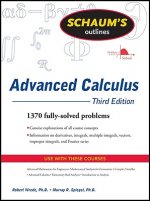
Schaum's Outline of Advanced Calculus, Third Edition
74.84 zł -23 % -
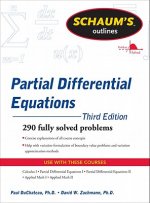
Schaum's Outline of Partial Differential Equations
124.30 zł -2 % -
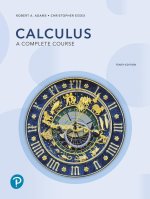
Calculus
385.62 zł -
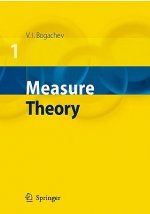
Measure Theory
880.64 zł -

Differential Equations and Linear Algebra
330.51 zł -

Infinite Powers: How Calculus Reveals the Secrets of the Universe
77.56 zł -5 % -

Schaum's Outline of Lagrangian Dynamics
140.62 zł -2 % -
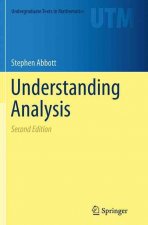
Understanding Analysis
100.73 zł -8 % -
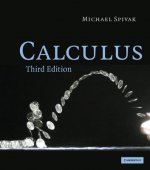
Calculus
270.67 zł -
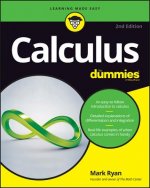
Calculus For Dummies, 2nd Edition
76.75 zł -29 % -

Cartoon Guide to Calculus
70.41 zł -23 % -
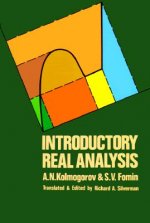
Introductory Real Analysis
125.61 zł -4 % -
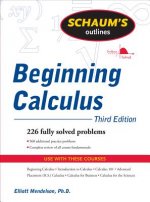
Schaum's Outline of Beginning Calculus, Third Edition
148.68 zł -3 % -
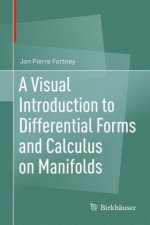
Visual Introduction to Differential Forms and Calculus on Manifolds
331.52 zł -7 % -
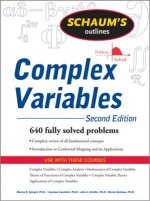
Schaum's Outline of Complex Variables, 2ed
148.68 zł -3 % -
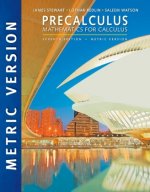
Precalculus: Mathematics for Calculus, International Metric Edition
441.02 zł -
![Elements of the Theory of Functions and Functional Analysis [Two Volumes in One] Elements of the Theory of Functions and Functional Analysis [Two Volumes in One]](https://media.libris.to/jacket/08800728t.jpg)
Elements of the Theory of Functions and Functional Analysis [Two Volumes in One]
59.73 zł -
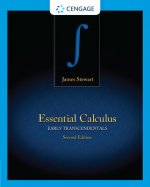
Essential Calculus: Early Transcendentals
497.54 zł -
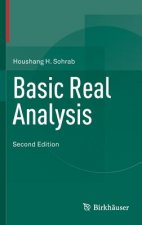
Basic Real Analysis
481.22 zł -

Schaum's Outline of Calculus of Finite Differences and Difference Equations
132.36 zł -3 % -

Schaum's Outline of Fourier Analysis with Applications to Boundary Value Problems
136.49 zł -3 % -

Schaum's Outline of Laplace Transforms
132.36 zł -3 % -

Workbook for Differential Equations
514.66 zł -
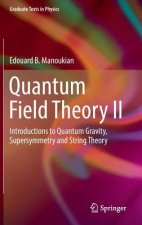
Quantum Field Theory II
513.96 zł -
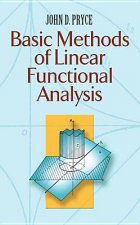
Basic Methods of Linear Functional Analysis
85.52 zł -4 % -

Essential Calculus
441.02 zł -
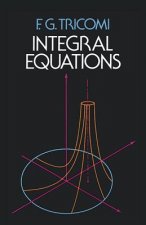
Integral Equations
47.54 zł -28 % -
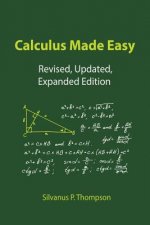
Calculus Made Easy
97.50 zł -5 % -
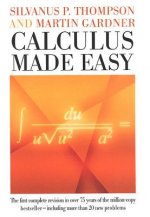
Calculus Made Easy
125.61 zł -5 % -
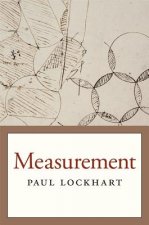
Measurement
140.12 zł -
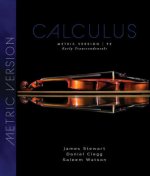
Calculus: Early Transcendentals, Metric Edition
441.02 zł -
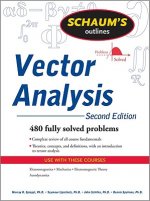
Schaum's Outline of Vector Analysis, 2ed
84.11 zł -23 % -
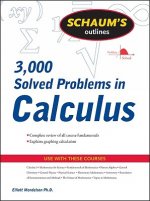
Schaum's 3,000 Solved Problems in Calculus
230.38 zł -3 % -
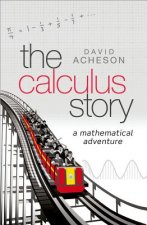
Calculus Story
61.14 zł -23 % -
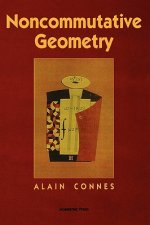
Noncommutative Geometry
286.69 zł -10 % -

Prime Suspects
138.50 zł -

Programming in Haskell
190.89 zł -
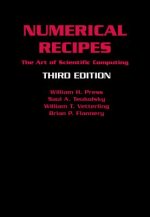
Numerical Recipes 3rd Edition
550.73 zł -
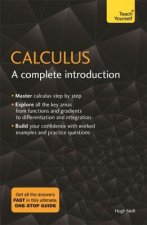
Calculus: A Complete Introduction
70.41 zł -23 % -

Schaums Outline of Tensor Calculus
116.04 zł -3 % -
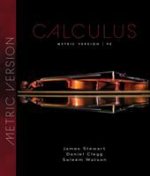
Calculus, Metric Edition
447.37 zł -
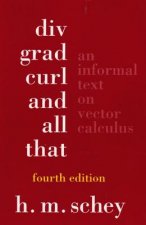
Div, Grad, Curl, and All That
254.45 zł -4 % -

Complex Analysis
412.71 zł -

Methods of Nonlinear Analysis
463.39 zł -
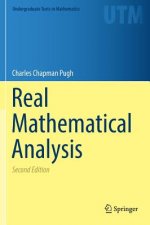
Real Mathematical Analysis
323.26 zł -
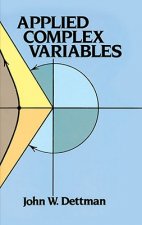
Applied Complex Variable
116.24 zł -23 % -
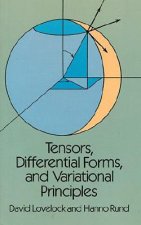
Tensors, Differential Forms and Variational Principles
97.30 zł -5 % -
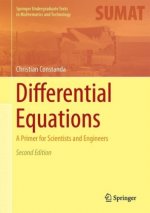
Differential Equations
304.02 zł -8 % -
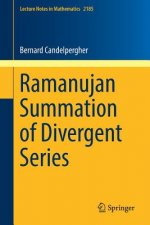
Ramanujan Summation of Divergent Series
165.30 zł
zadowolonych klientów
Od roku 2008 obsłużyliśmy wielu miłośników książek, ale dla nas każdy był tym wyjątkowym.
Copyright! ©2008-24 libristo.pl Wszelkie prawa zastrzeżonePrywatnieCookies



 21 milionów książek
21 milionów książek Dostawa 10.99 zł
Dostawa 10.99 zł (32) 444 93 66 (8-15.30h)
(32) 444 93 66 (8-15.30h)